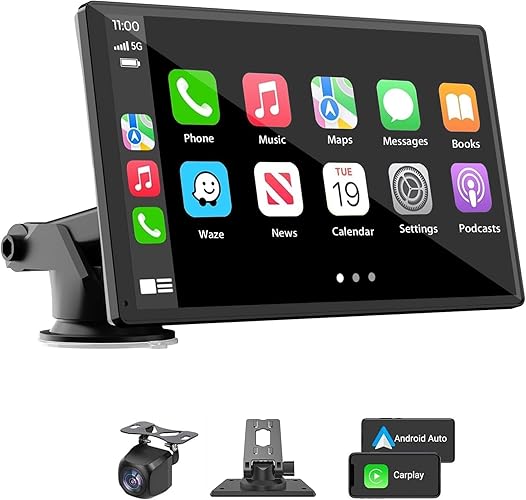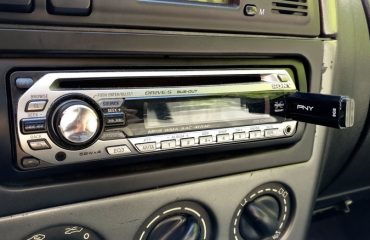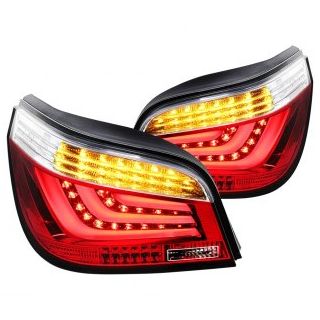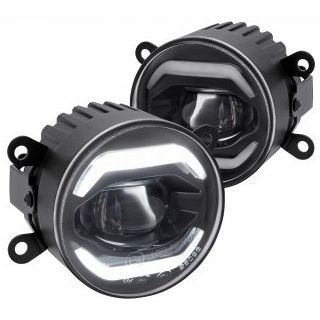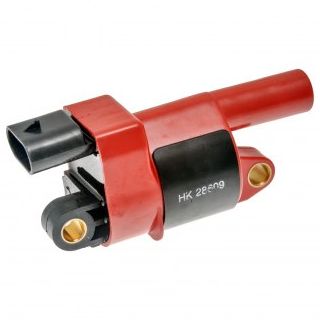
Android Auto is one of the most helpful tools for frequent drivers. Released in 2015, Android Auto is a tool that enables users to extend their smartphone’s interface, and therefore, certain installed apps with preferred settings on their cars’ infotainment screens for easy access while driving. Depending on the phone and car’s specifications, you can use Android Auto through a wired connection or wirelessly over Wi-Fi.
The first thing you should have in your mind is that even though a vehicle’s catalog or brochure mentions that it supports Android Auto, it may not mean that the connection doesn’t require a cable. It is a relatively new technology for car makers and buyers, which is why it is often only available in newer vehicle models. Further, companies might reserve wireless connectivity for higher trims, which tend to be more expensive.
However, even that is not necessarily true as we’ve seen in Hyundai’s recent offerings, where the automaker provides wireless-compatible infotainment systems in a few base models. Amongst the confusion, there are ways to figure out whether the car you’re interested in or the one you recently purchased, pairs via a wired or a wireless connection to Android Auto.
Check whether your phone supports wireless Android Auto
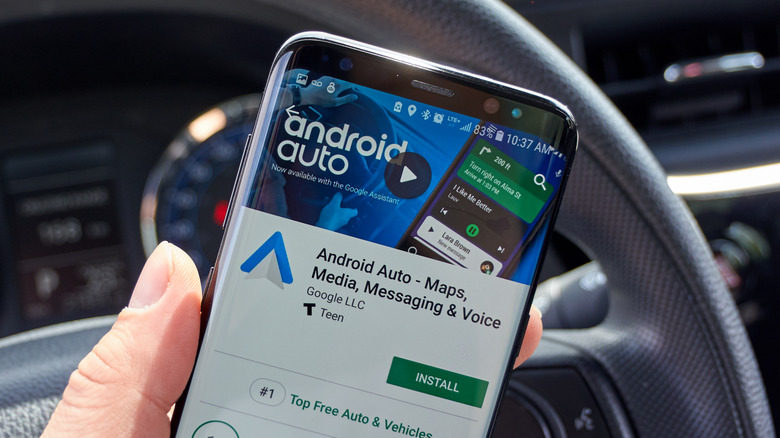
First, check your Android phone to see if it meets the minimum specifications for wireless Android Auto. Luckily, if you purchased one of the best Android smartphones within the last two to three years, it almost certainly supports a wireless Android Auto connection. But just to be sure, here are the system requirements.
- Any phone with Android 11.0
- Samsung or Google phone with Android 10.0
- Samsung Galaxy S8, S8+, or Note 8, with Android 9.0
- The smartphone should also support 5GHz Wi-Fi, which is required to transfer data between the phone and the compatible car’s infotainment system.
On phones with Android 10.0 and newer, Google integrated the Android Auto app within the operating system. However, those who use Android 9.0 on older Samsung models must download the app from Google Play Store. If your smartphone runs on Android 8.0 and isn’t eligible for a software upgrade, you can only use wired Android Auto.
As far as support for 5GHz Wi-Fi is concerned, you can quickly check that in your phone’s official specifications list, or rather a simple Google search instead. Last but not least, Android Auto is available in 46 countries at the moment, the complete list of which is available on a Google support page.
How to check whether your car supports wireless Android Auto
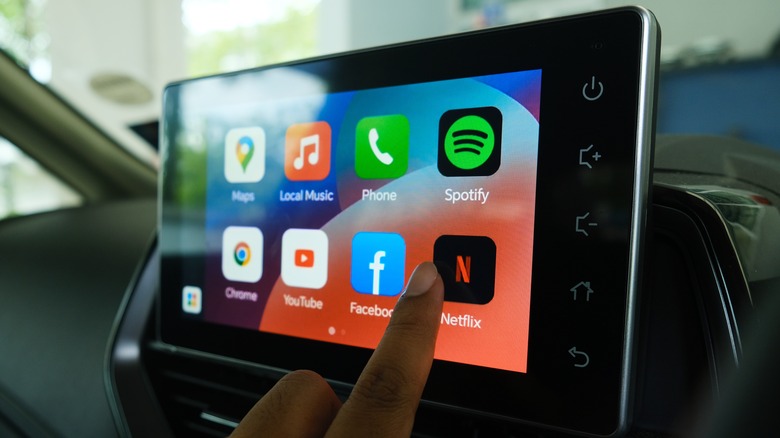
The next step is to find out whether your car supports wireless Android Auto, and this is where it gets tricky. While it is relatively simple to go through your smartphone’s settings menu to check the current Android version, researching your vehicle’s compatibility may not be very easy. The official Android Auto website is a good place to start, but the list may not be exhaustive or include the latest updates. It also doesn’t mention whether it provides a wired or a wireless connection. In such a situation, the only reliable solution is to check the company’s official website (which the Android Auto website includes links to) and carefully examine the features list for a particular model.
For instance, if you head to Hyundai’s website and check out the 2023 Ioniq 6, you’ll see that the company mentions support for Android Auto, but it doesn’t say that the system works wirelessly. However, if you try to see 2023 Venue’s details, you’ll notice that the company mentions that the car’s SE and SEL trims offer wireless connectivity. Similarly, companies like General Motors, Ford, Honda, and Toyota provide similar information for their models.
If your car supports wired Android Auto, but you wish to experience a hassle-free setup, several third-party dongles, like AAWireless and Motorola MA1 adapters, can add wireless functionality to your vehicle.
